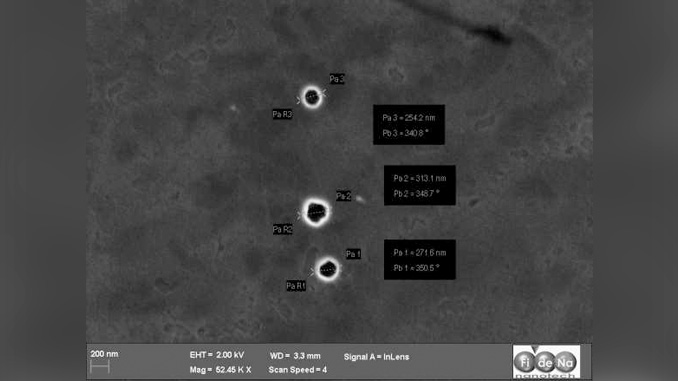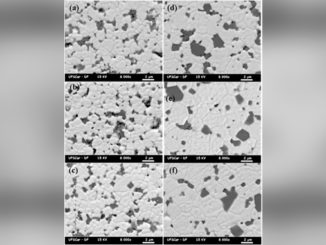
Writers: Marcela F. Silva, Mariani A. Ciciliatti, Ana A. W. Hechenleitner, Rebeca Peñalva, Maite Agüeros, Juan M. Irache, Adilson J. A. de Oliveira, Ammad A. Farooqi, Edgardo A. G. Pineda
Keywords: maghemite; nanocapsules; optimization; poly (ɛ- caprolactone); superparamagnetism
Abstract: Iron oxide nanoparticles (ION) have been studied for essential applications, like detection of biological constituents (virus, bacterials, cell, nucleic acids, protein, enzyme, etc.), magnetic bioseparation and clinic therapy and diagnosis (such as MRI magnetic fluid and hyperthermia). In this work, γ-Fe2O3 has been synthetized by a adapted sol-gel method and entraped in poly ε-caprolactone (PCL) nanocapsules. The superparamagnetic nanocapsules have been formulated by double emulsion evaporation method. Some variables affecting the polydispersity index, zeta potential surface and size of nanocapsules were studied aiming optimize the formulation process of maghemite-loaded PCL nanocapsules. The following parameters were selected: sonication time, PCL concentration in organic phase, PVA concentration in external aqueous phase and maghemite/PCL weight ratio. Under these experimental conditions, the resulting nanocapsules displayed a mean size of about 346 nm and a maghemite content of about 7.5 µg/mg of nanocapsules and superparamagnetic behaviour at room temperature.




